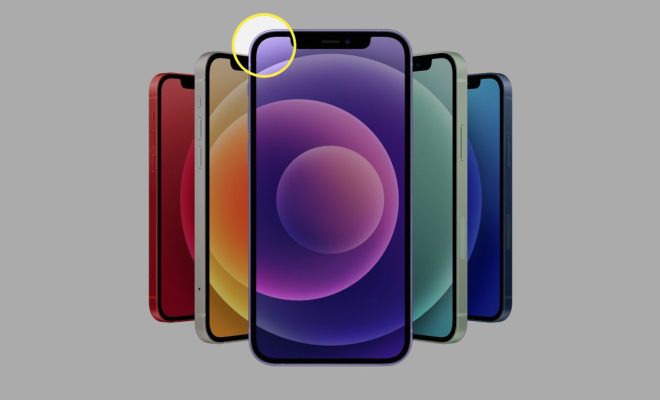PCIe 3.0 vs. PCIe 4.0 vs. PCIe 5.0: What’s the Difference?

PCIe (Peripheral Component Interconnect Express) is a communication interface standard that connects various components and peripherals of a computer. It is the most commonly used interface for connecting graphics cards, network cards, SSDs, and other high-speed devices to the motherboard.
Over time, the PCIe standard has evolved and improved, with the latest iteration, PCIe 5.0, being the fastest and most powerful version currently available. In this article, we will explore the differences between PCIe 3.0, PCIe 4.0, and PCIe 5.0 and how they affect your computer’s performance.
PCIe 3.0
PCIe 3.0 was introduced in 2010 and has since been widely adopted in most modern computers. It offers a maximum speed of 8 GT/s (gigatransfers per second), providing a data transfer rate of up to 985MB/s (megabytes per second) per lane. Each PCIe 3.0 lane has a transfer speed of 8 Gbps (gigabits per second).
One of the main advantages of PCIe 3.0 is its compatibility with older motherboards and components. It allows PCIe 3.0 devices to be used on PCIe 4.0 or PCIe 5.0 motherboards, although they will operate at slower speeds.
PCIe 4.0
PCIe 4.0 was released in 2017 and is gradually becoming available on newer motherboards. It offers double the bandwidth of PCIe 3.0, with a maximum speed of 16 GT/s. This means that each PCIe 4.0 lane has a transfer speed of 16 Gbps, providing a data transfer rate of up to 1.97GB/s per lane.
PCIe 4.0 also supports more lanes than PCIe 3.0, allowing for more devices to be connected at once. It also supports backward compatibility, allowing PCIe 3.0 devices to be used on PCIe 4.0 motherboards.
PCIe 5.0
PCIe 5.0 is the latest iteration of the PCIe standard, released in 2019, and offers twice the bandwidth of PCIe 4.0, with a maximum speed of 32 GT/s. Each PCIe 5.0 lane has a transfer speed of 32 Gbps, providing a data transfer rate of up to 3.94GB/s per lane.
PCIe 5.0 also supports more lanes than PCIe 4.0, allowing even more devices to be connected simultaneously. It features improved power management capabilities, making it more energy-efficient than its predecessors.
PCIe 5.0 has only recently been released, so it may take some time for it to become widely adopted in most computers. However, it is expected to revolutionize the field of data transfer, allowing for faster and more efficient connections between devices.
Conclusion
Overall, the differences between PCIe 3.0, PCIe 4.0, and PCIe 5.0 lie in their maximum speed, transfer rate per lane, and number of lanes supported. While PCIe 3.0 is still widely used, PCIe 4.0 and PCIe 5.0 offer significantly faster data transfer rates, allowing for more efficient communication between components and peripherals.
Choosing the right PCIe standard largely depends on your specific requirements and budget. PCIe 3.0 devices are generally cheaper, while PCIe 4.0 and PCIe 5.0 devices offer faster performance and more advanced features. As technology advances and data transfer rates continue to increase, it is likely that PCIe standards will continue to evolve and improve in the years to come.





